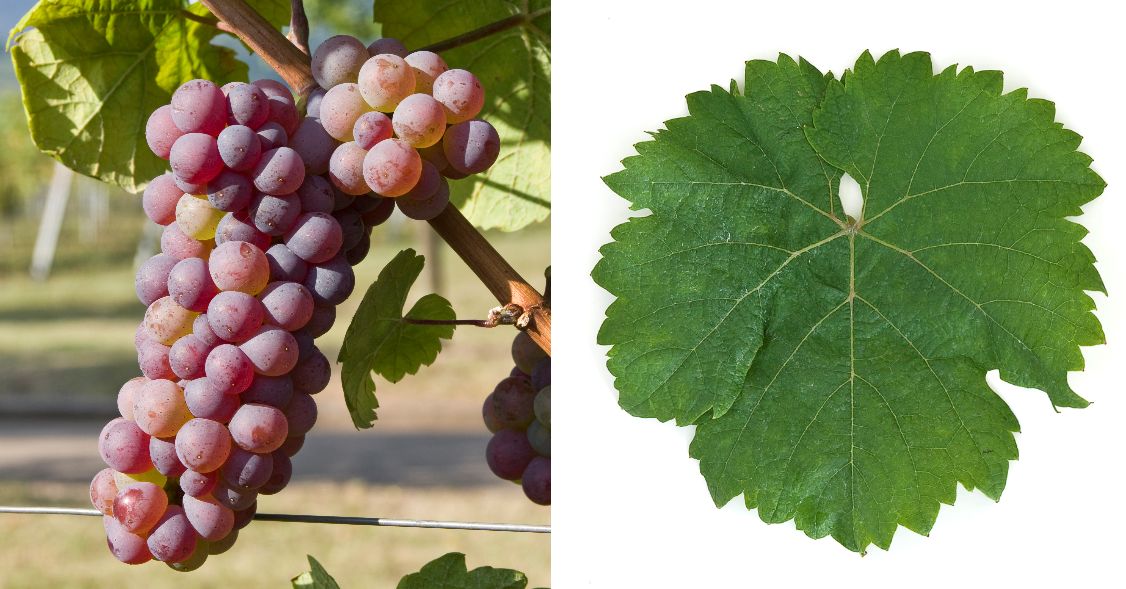The white grape variety originates from Germany. It must not be confused with the varieties Blauer Riesling, Pinot Meunier (with synonyms Blauer Riesling, Schwarzer Riesling) or Roter Veltliner (with synonym Roter Riesling) due to morphological similarities or apparently indicating synonyms. In the past, it was wrongly assumed that it was the original form of the White Riesling. According to DNA analyses carried out most recently in 2009, however, it is clearly a colour mutation of the white variety. White and reddish berries are often observed on the same grape, which never occurs in white Riesling. The vine is less susceptible to botrytis. The wines are very similar to those from white Riesling, but somewhat more acidic. The variety was a crossing partner for the new Aromriesling and Veritas varieties.

In the Middle Ages, Red and White Riesling were often planted together in the vineyard. However, the red variety slowly fell into oblivion. However, there are now small stocks again in Germany and Austria. The Dr. Corvers-Kauter winery (Rheingau) planted 850 vines in the Oestricher Klosterberg in 2004, from which a wine was pressed for the first time in 2006. In April 2008, the Antes vine-growing company in Heppenheim planted one hectare of the old grape variety in the "Heppenheimer Eckweg". In the meantime, it is already being cultivated by several farms, for example by the Ellwanger Bernhard winery from Großheppach in Württemberg. In Austria, Roter Riesling is cultivated by the wineries Holzmann (Weinviertel) and Zahel (Wien). No stocks were reported under this name in 2016 (Kym Anderson).
Source: Wine Grapes / J. Robinson, J. Harding, J. Vouillamoz / Penguin Books Ltd. 2012
Images: Ursula Brühl, Doris Schneider, Julius Kühn-Institut (JKI)
Voices of our members

The glossary is a monumental achievement and one of the most important contributions to wine knowledge. Of all the encyclopaedias I use on the subject of wine, it is by far the most important. That was the case ten years ago and it hasn't changed since.
Andreas Essl
Autor, Modena